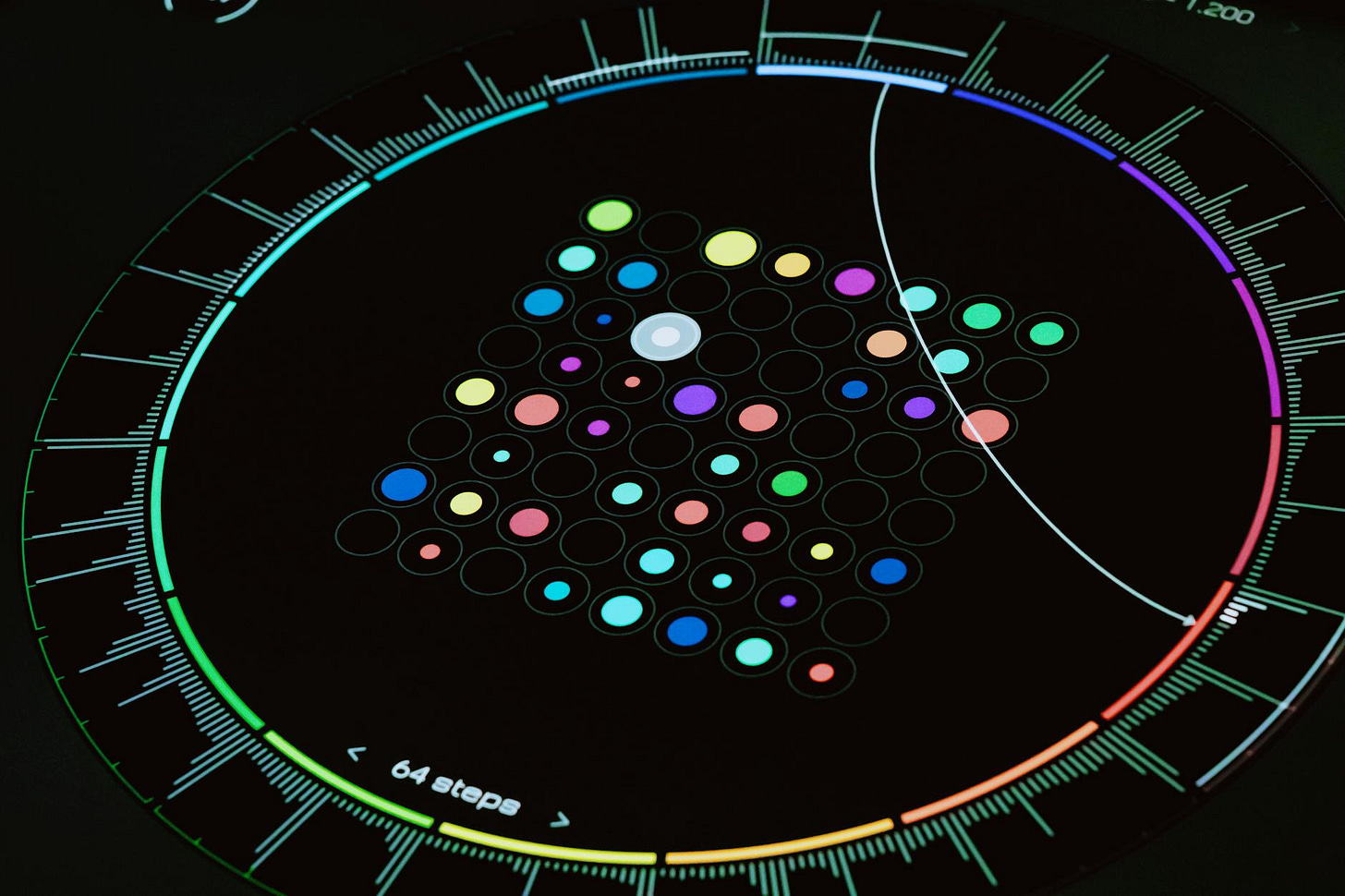What is the difference between UI and UX?
Discover the key differences between UI and UX design! Learn how each plays a vital role in creating engaging digital experiences at GalaxyonKnowledge.
What Is the Major Difference Between UI and UX? (With Examples)
Picture a gorgeous app that sparkles like a fresh coat of paint, then makes you hunt three taps deep just to save a photo. That split is the whole story. UI is the look and feel, the colors, buttons, and layout. UX is how easy and enjoyable it is to use, from first tap to final task. So, What is the major difference between UI and UX? UI dresses the product, UX decides if it’s charming company.
Here is the short answer, in plain words. UI handles visuals and interaction elements. UX shapes the flow, the logic, and how users feel while moving through tasks. UI is the outfit, UX is the personality.
I learned this the hard way last month. A pretty finance app hid the “Pay” button under a tiny icon, then made me guess the right account. I liked the look, I hated the experience. That is weak UX wrapped in nice UI.
If you are curious about apps and sites, this matters. You will see why “What is UI design” differs from “what is UX in simple words,” why beginners ask “Is Figma a UX or UI tool,” and “What is Figma used for.” You might wonder “Does UI/UX need coding,” “Which language is best for UI/UX,” or “Is UI/UX in demand.” We will also touch on “Is UX harder than UI,” “Who is higher, UI or UX,” “Is Canva a UI/UX tool,” “Is Figma using AI,” and “Can AI replace UI/UX designer.” Quick examples included.
Let’s separate the pretty from the practical, then bring them together in a way that works.
What is UI Design? The Pretty Face of Your Apps
UI design is the visual layer users see and tap. Think buttons, colors, icons, spacing, and layouts. What is UI design? It makes things look good and work smoothly on the surface. UI designers are like interior decorators, they make the space inviting, while UX decides if the furniture is comfy. Clean icons on Instagram and colorful buttons in Spotify are everyday UI wins.
Real-World UI Examples That Wow
Great UI gets out of your way, then makes everything feel obvious.
Apple’s iOS: Minimal icons, clear hierarchy, tasteful motion. It feels fast because nothing fights you.
Google Search: One box, one goal, near-zero clutter. It whispers, type and go.
Spotify: Bold color, readable type, playful buttons. You know what to tap, even in the car.
Airbnb: Big imagery, roomy spacing, friendly toggles. Browsing feels like window shopping.
These shine with intuitive navigation and appealing visuals, so users stick around. Bad UI hides the buy now button like it is a prank. Good UI puts it where your thumb already is.
Top Tools for UI Designers, Including Figma
Figma is a powerhouse for UI and UX work. What is Figma used for? Wireframing, visual design, prototyping, and handoff, all in the browser. It supports vector editing, components, and real-time collaboration. Yes, Figma uses AI for smart selections, auto layout help, and quicker tweaks. Canva is handy for graphics and social posts, not a full UI/UX tool for interactive flows. Pair Figma with no-code tools like Framer or Webflow to ship ideas fast. Witty tip: Figma turns solo designers into team superheroes, capes sold separately.
Does UI Design Require Coding Skills?
Entry-level UI does not require code. You can design in Figma or Adobe XD, then hand off specs to developers. That said, pros often know HTML and CSS for precision and better handoff. Use Adobe XD for no-code prototypes, then pass it to engineering. Does UI/UX need coding? Not to start, but it helps your designs translate to real screens. Think of coding as the secret sauce, you can enjoy the burger without it, but chefs make it sing. Beginners, you are welcome here.
What is UX Design? Making Sure Users Actually Enjoy It
UX design is the overall experience, how intuitive, efficient, and satisfying a product feels. In simple words, UX is why you love scrolling Netflix without frustration. UI is the paint and polish, UX digs deeper into user needs and journeys. That is what is the major difference between UI and UX.
Think Amazon’s one‑click buy or a bank’s easy app login. You get from goal to done, fast. Is UI/UX in demand? Yes, because happy users come back. Which language is best for UI/UX? There is no single language. Tools like Figma bridge gaps across teams. Is Figma a UX or UI tool? Both, since it handles flows and visuals. Does UI/UX need coding? Not to start, though basic HTML and CSS help handoff.
Everyday UX Examples That Keep You Coming Back
Open Uber, set pickup, confirm driver, ride tracked, payment done. That is tidy UX, from sign-up to success without headaches. Duolingo turns lessons into streaks, levels, and tiny wins, so you keep learning without dread. Amazon nails one‑click checkout, so buying a gift takes seconds. A good bank app lets you log in with Face ID, see balances first, and move money with clear steps.
Smooth flows: Fewer taps, clear progress, no dead ends.
Smart feedback: Confirmations, nudges, and error copy that helps.
Motivation loops: Streaks, rewards, and clear next steps.
For more context, see What are UI and UX examples. Quip of truth: good UX is invisible; bad UX makes you want to throw your phone.
Is UX Harder Than UI? Let’s Settle This
Is UX harder than UI? UX can feel tougher because it leans on research, testing, and psychology. You map journeys, validate problems, and measure outcomes. UI is more visual and often quicker to iterate, from color to typography to spacing. Who is higher, UI or UX? Neither. They team up, with UX often guiding the product path and UI shaping the final look and interactions. Think of UX as the brain, and UI as the beauty pageant winner who also reads the notes. Both matter. Figma makes the pair work in one place, and yes, it even uses some AI to speed up routine tweaks.
Key Differences Between UI and UX: Clearing Up the Confusion
What is the major difference between UI and UX? UI shapes the look and touch, UX shapes the logic and feeling. Think peanut butter and jelly. UI spreads color, type, icons, and interaction. UX builds journeys, feedback, and outcomes. Both matter, separately they work, together they win.
UI focus: Aesthetics, clarity, micro‑interactions.
UX focus: Usability, flow, satisfaction.
Overlap: Prototyping in Figma, accessibility, design systems.
Why both matter: Pretty without useful fails, useful without pretty gets ignored.
Is Figma a UX or UI tool? Both. Is Figma using AI? Yes, for speed, not for taste.
Skills and Roles: UI Designer vs. UX Designer
UI designers live in visuals. They handle graphic design, hierarchy, spacing, color, and attention to detail. Daily tasks include polishing components, refining icon sets, building responsive screens, and pairing typography. Pixel control is their sport.
UX designers live in behavior. They run research, map journeys, wireframe flows, write microcopy, and shape prototypes for user testing. Daily tasks include interviews, sitemap tweaks, usability studies, and iteration based on data.
Collaboration is the glue. UI and UX co-create in tools like Figma, share design systems, and pass clean specs to devs. Fun fact: UX pros interview users; UI pros craft pixel-perfect screens.
The Future: AI, Demand, and Getting Started in UI/UX
Is UI/UX in demand? Yes. Product teams across tech, fintech, health, and SaaS hire for both roles. Can AI replace UI/UX designer skills? No. AI drafts variants, fills layouts, and speeds QA, but empathy, judgment, and product sense stay human. Is Figma using AI? Yes, it boosts selection, layout, and content chores.
Which language is best for UI/UX? Start with design thinking, not code. Does UI/UX need coding? No to begin. Light HTML and CSS help later. Is Canva a UI/UX tool? Handy for mockups and marketing, but limited for flows and handoff.
Starter plan:
Open a free Figma trial.
Rebuild a favorite app screen.
Test with two friends, then iterate.
Jump in, the design world needs your fresh eyes. What are UI and UX examples? Your next rebuild will prove it. What is Figma used for? Wireframes, visual UI, and clickable prototypes. Is UX harder than UI, or who is higher, UI or UX? Different hats, same goal.
Conclusion
The major difference between UI and UX is simple. UI is what you see and tap, UX is how it works and feels. They are separate skills that feed each other. Good UI makes actions clear, strong UX makes outcomes easy. Know both, and you spot why certain apps feel smart while others stall.
Want quick wins? Open Figma and rebuild one screen you love. That answers what is Figma used for, and shows why it shines for flows and visuals. Is Figma a UX or UI tool? Both. Is Figma using AI? Yes, it speeds boring chores. Does UI/UX need coding? Not to start. Which language is best for UI/UX? Start with user goals, then learn HTML and CSS later. Is Canva a UI/UX tool? Handy for graphics, not for handoff.
What are UI and UX examples you can study today? Check your favorite app, list three smooth moments and one rough edge. Is UX harder than UI, or who is higher, UI or UX? Different jobs, same goal. Is UI/UX in demand? Absolutely. Can AI replace UI/UX designer sense? No, it only assists.
Try Figma, then spot the blend in the wild. Next time an app delights you, thank the UI/UX duo.





